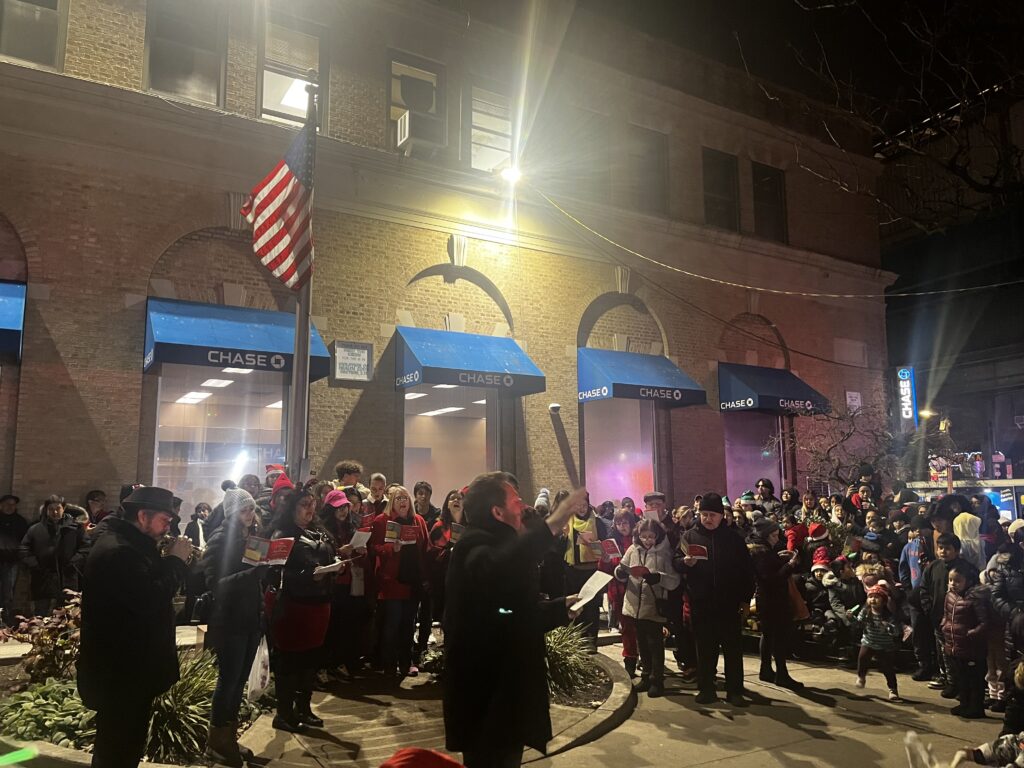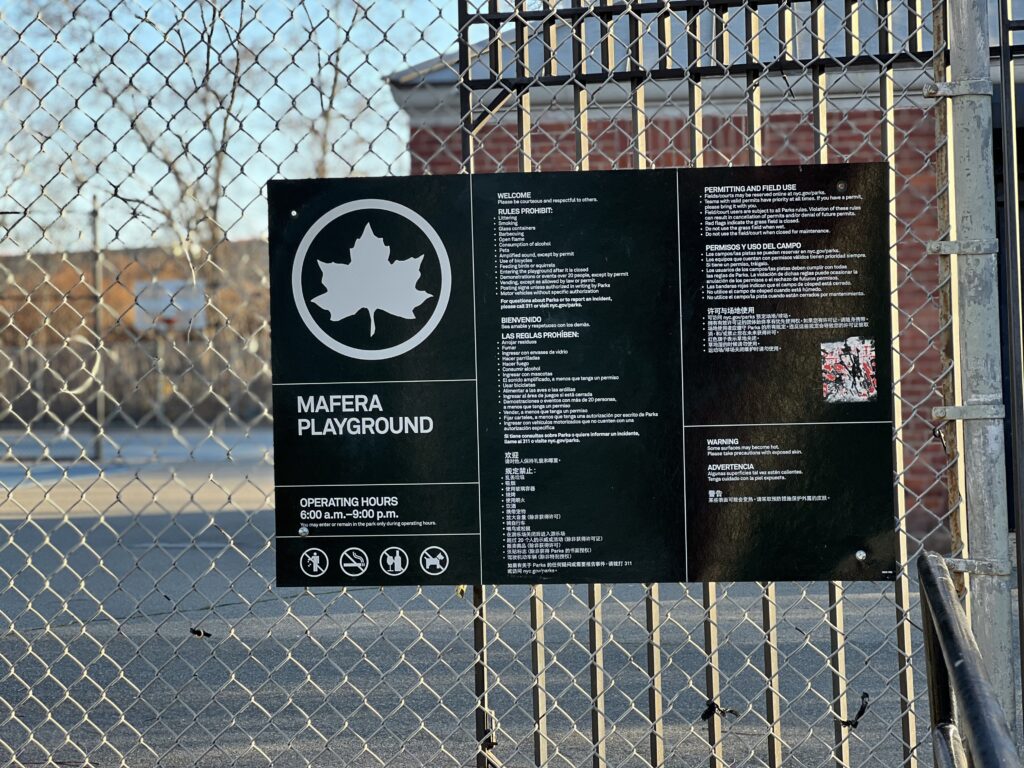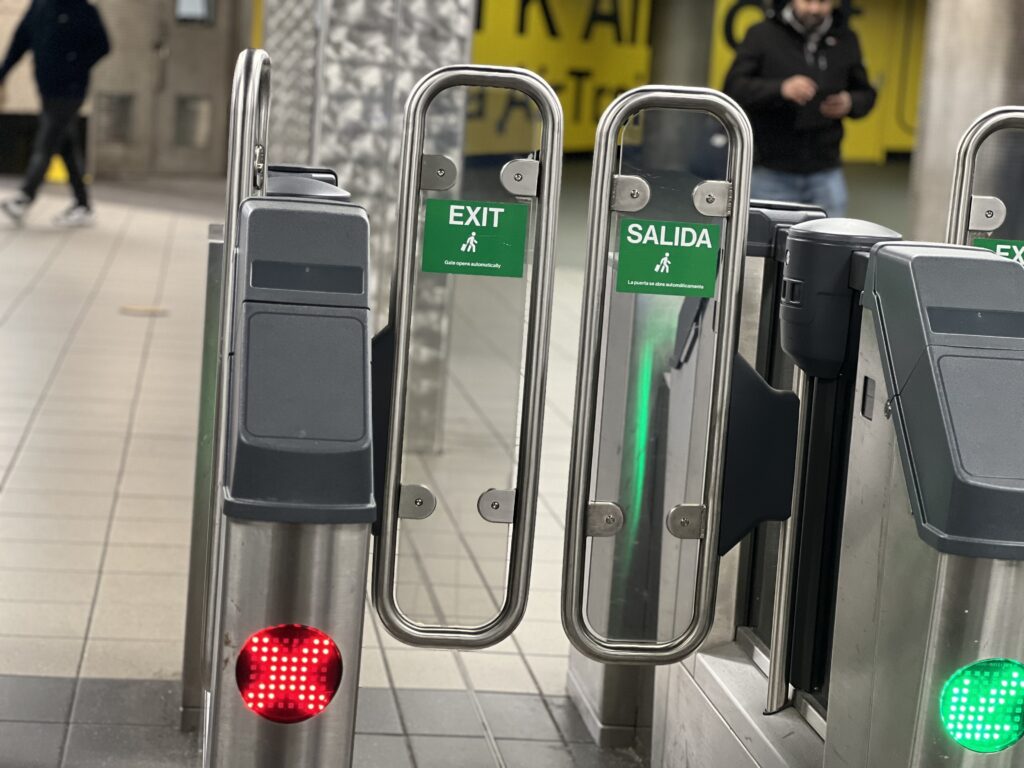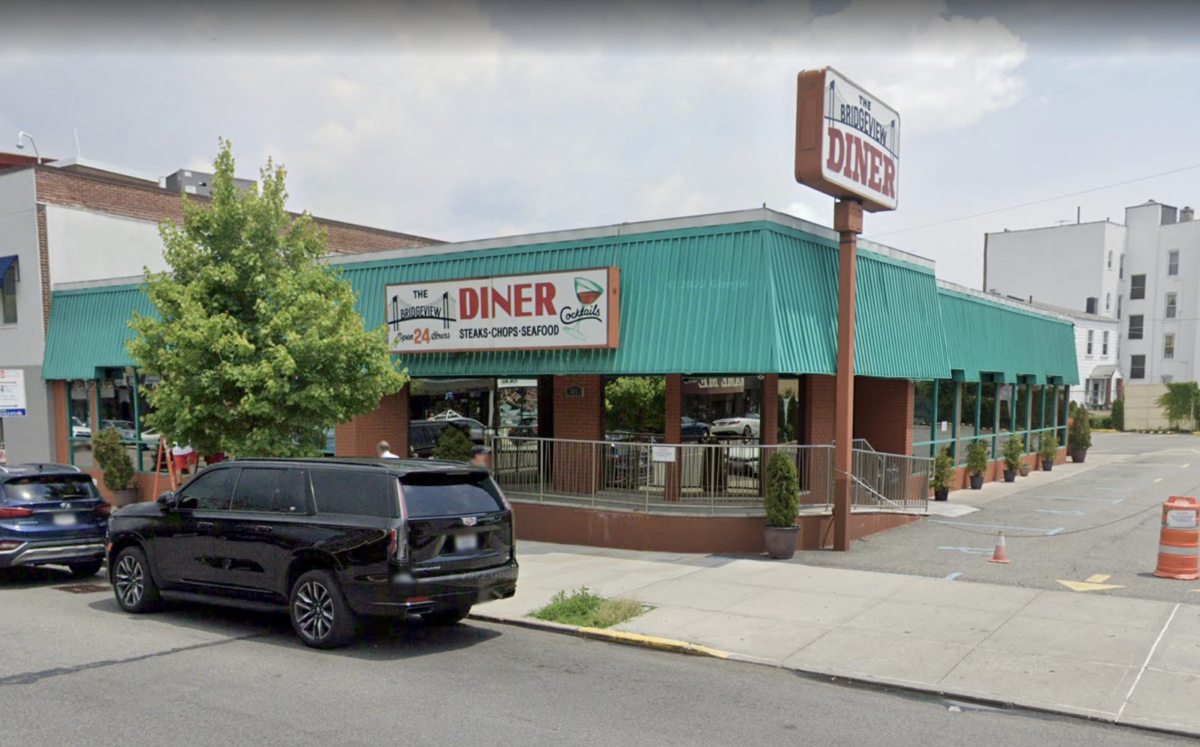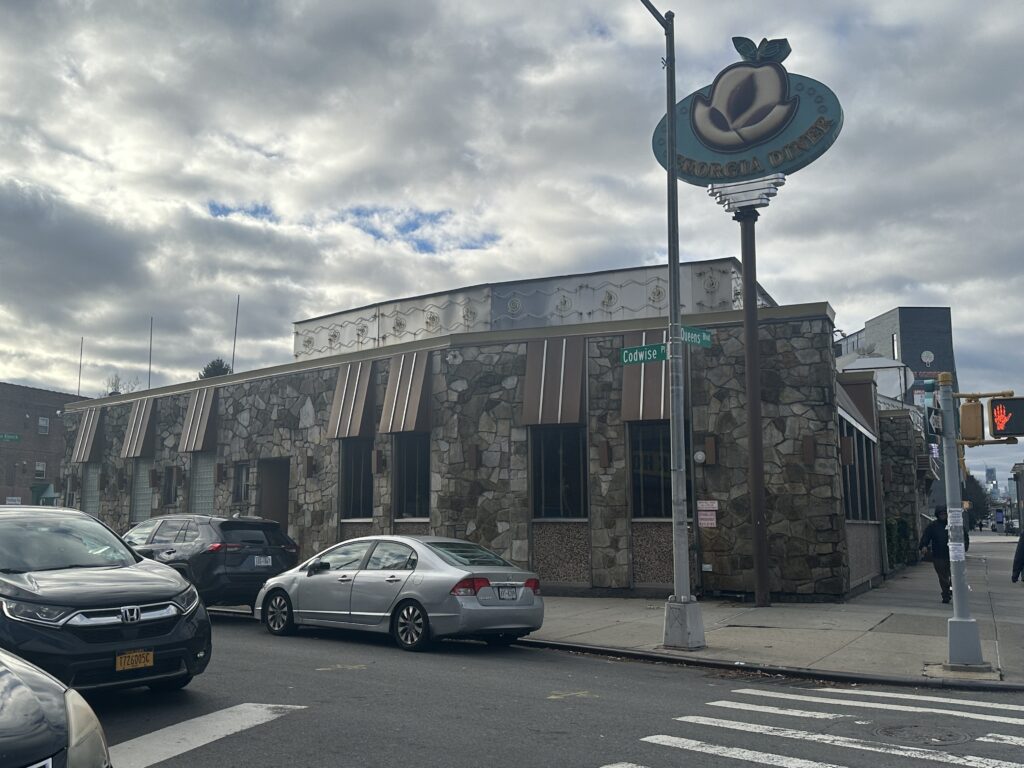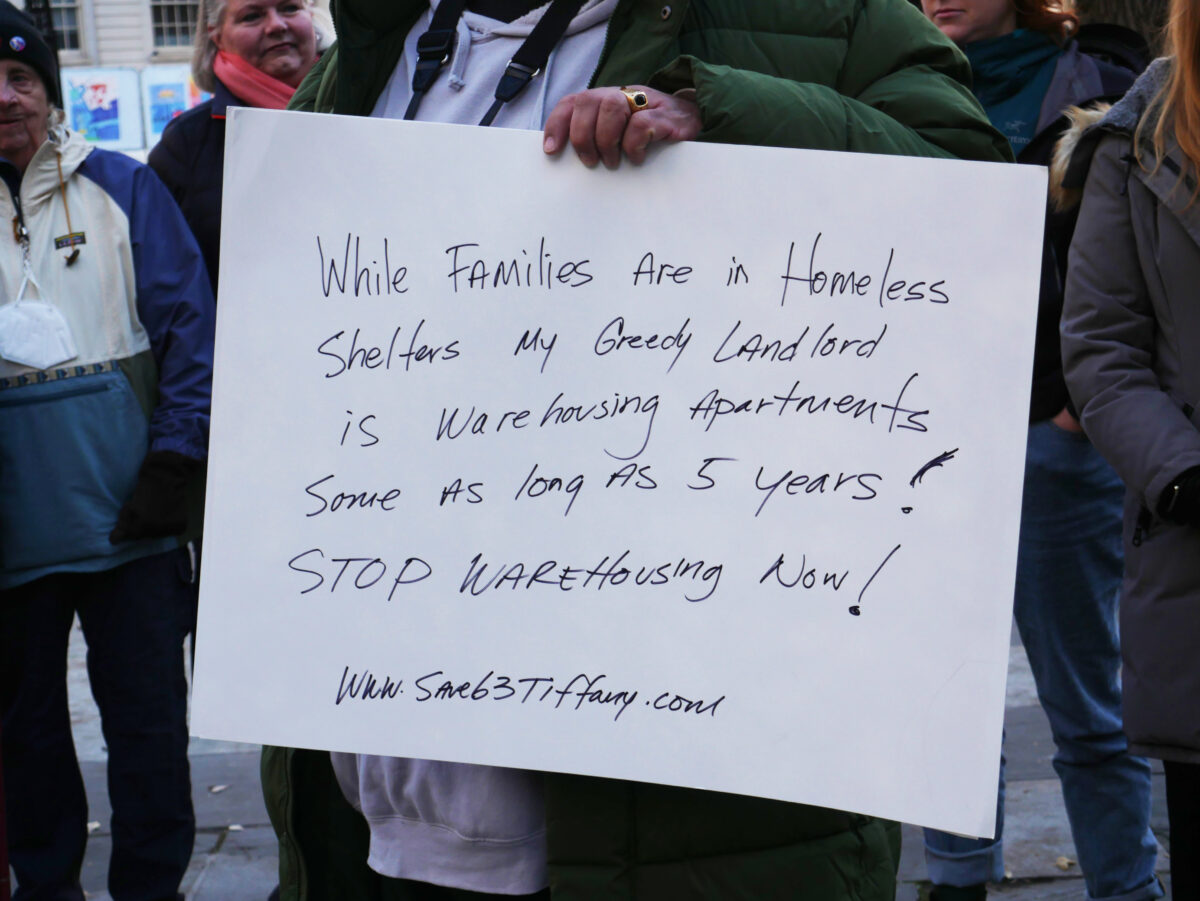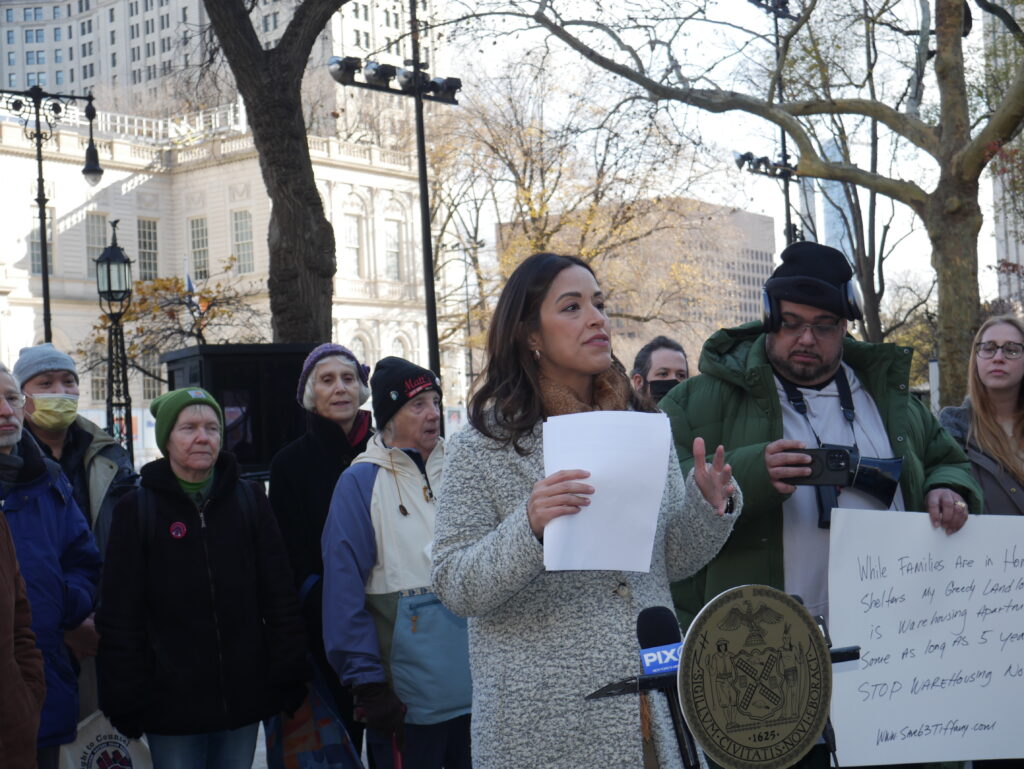By Celia Bernhardt | cbernhardt@queensledger.com
The Department of Transportation gave a status update on its micro-mobility and carshare initiatives to BP Donovan Richards and a table of Queens community board chairs who came armed with plenty of requests, questions, and criticisms.
The meeting, held on Dec. 5, centered on Citi Bike, e-scooters and carshare. Here’s what the officials had to say.
The department’s carshare initiative, partnering with ZipCar and other corporations, rolled out a permanent program earlier this year after a two-year pilot from 2018-2020. There are now 42 total program sites throughout Queens, each one consisting of two spots near a street corner with signage reserving it for carshare parking only. Community Districts 3, 12, and 14 already had sites set up during the pilot period; the service has now expanded into almost all other CDs, excluding only 5 and 11.
Citi Bike, owned and operated by its parent company Lyft, is wrapping up the tail end of its third phase of expansion. The expansion started up in 2019 and brought the bike service beyond the westernmost areas of CD1 and 2 and into CD3 and 4, and parts of CD5. No further expansion is on the horizon for now except some extra installation to bolster the bike service’s capacity in CD2, explained Finlay Scanlon, DOT’s outreach coordinator for bike share and ride share mobility.
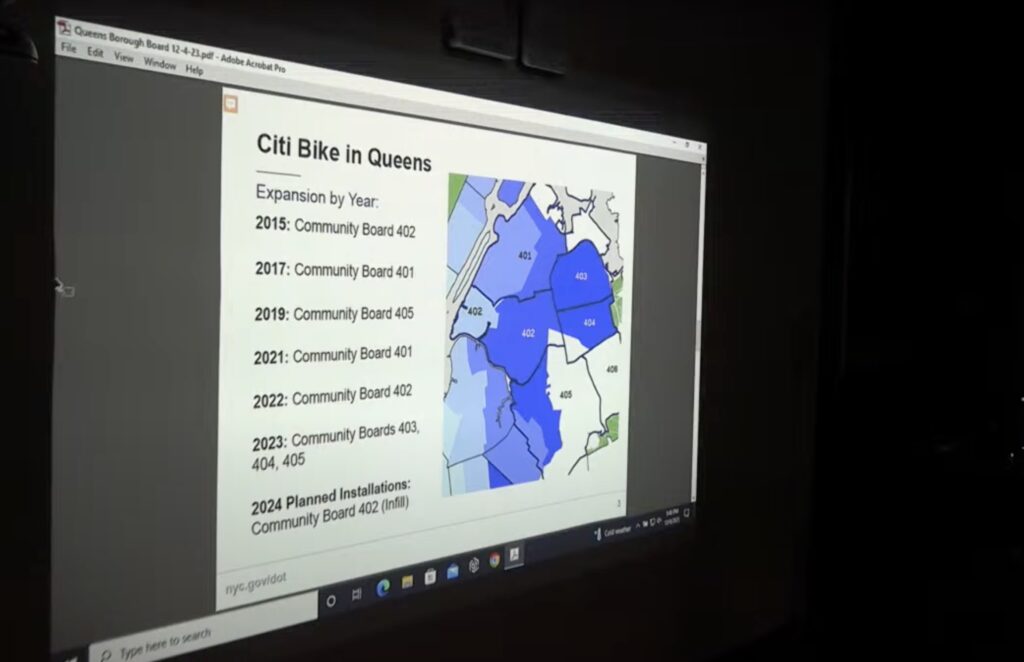
Slide from DOT’s presentation, depicting which Commu- nity Districts received Citi Bikes. Courtesy of @queensbp on YouTube.
E-scooter share hasn’t landed in Queens yet, but it’s about to: after a 2021 pilot in the East Bronx, the DOT is bringing the service to eastern Queens in the late spring and early summer of 2024. It’s part of a transition that began this year to establish a longer-term scooter share program, in collaboration with companies Lime, Bird, and Veo.
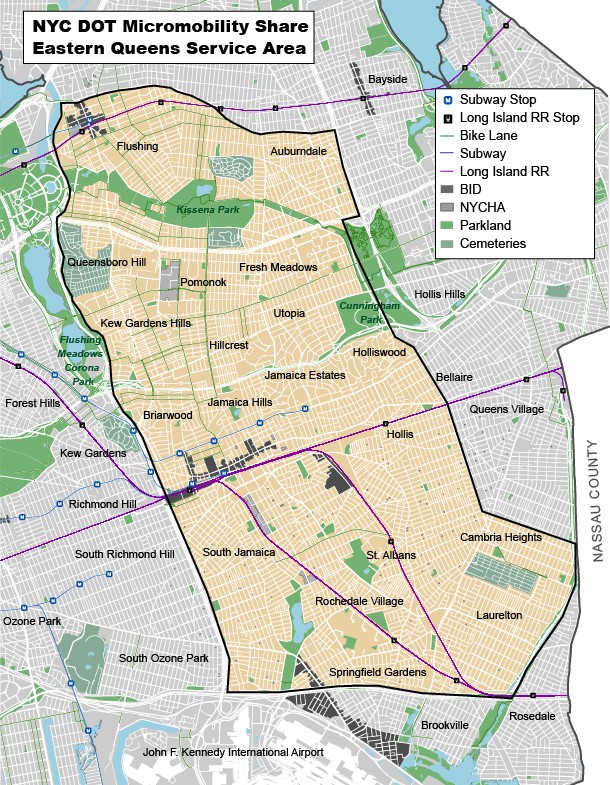
Map of where e-scooters will be in Queens. Courtesy of DOT
Richards expressed some disappointment that Citi Bike wouldn’t expand farther into the borough.
“A neighborhood like Far Rockaway is ripe for it,” he said, mentioning an earlier successful pilot with Lime Bike. Finlay responded by explaining Citi Bike’s strategy.
“We try to have every station be about a five minute walk from another station, so it increases the use of the system,” she said. “So that really requires building out continuously without any gaps or holes.”
Richards maintained his point. “As we’re talking about transit equity, these are neighborhoods, according to your map, that are just left out of the conversation,” he said. “We still have to have the conversation around infrastructure, but the bottom line is transit deserts should have several options. And we’re just not seeing it here.”
Rev. Carlene O. Thorbs, Chairperson of CB12, slammed the implementation of carshare in her district.
“They’re in front of homes, private homes, and that should not be. How can you help another company and bring them into our community and park their cars in front of somebody else’s house?” Thorbs said.

Courtesy of @queensbp on YouTube.
Thorbs also criticized parking spots in front of businesses. “Did you even think about the fact that there are barber shops and beauty parlors? People want to park and go in and out of these locations, and then we’re going to have two stationary cars sitting,” she said, alleging that some store owners hadn’t known about the program.
“There were a lot of lessons learned this round,” Project Manager for DOT’s carshare program Stevie Feig said. “We will be revising that for this next round of site selection. Some sites will be removed, some sites will be added, and some sites will stay.”
CB3 Chair Frank Talyor (East Elmhurst, North Corona, Jackson Heights) felt similarly to Rev. Thorbs, expressing disapproval of carshare parking spaces in front of both businesses and private homes. “These parking spots represent business and dollars,” he said.
With regard to Citi Bike, Taylor said that his board had requested in writing that bike corrals not be placed in front of private homes, though this had not changed the outcome.
Heather Beers-Dimitriadis, Chair of CB6, had a different problem.
“There is nothing,” she said. “We don’t have Citi Bike and we are looking forward and wanting [it]…we have ample places to put docking stations without taking up parking space.” Beers- Dimitriadis rattled off several examples of where docks could be placed, including a location near a former Rite Aid by the Long Island Rail Road.
Finlay reiterated Citi Bike’s approach to expansion, but said that if a new wave of expansion was eventually greenlighted, CB6 would be first in line.
“It would so easily blend into where we already have bikes installed,” she said. “I’ve received, actually, several emails from high schoolers in your district requesting Citi Bike.”
Bryan Block, chair of CB13, held a similar sentiment about the e-scooters set to spread through his district. “We do not want them, period,” he said. “CB6 can have them.”
“Merry Christmas,” Beers-Dimitriadis said.
“It’s not a fit,” he continued. “We’re not Park Slope; we’re not Fort Greene; we’re not Brooklyn Heights. We’re a suburban community. We drive, we ride, we purchase our own bicycles, period.”


